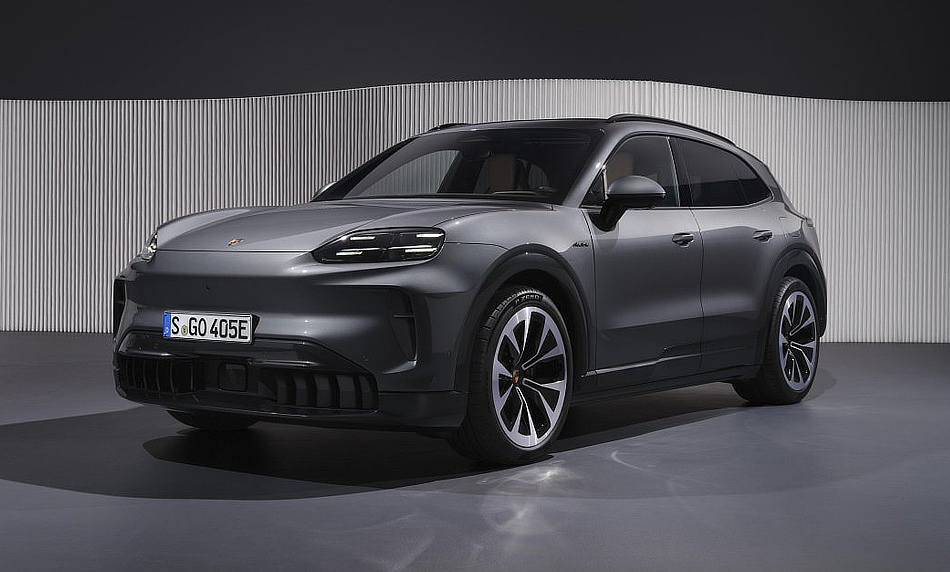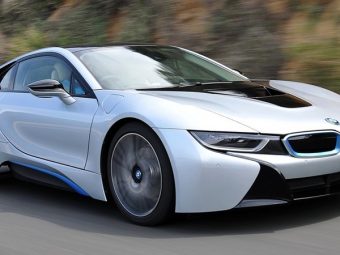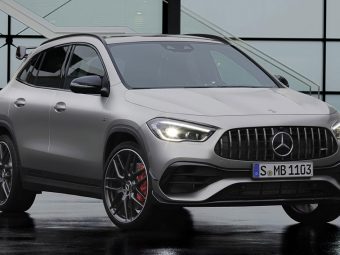Don’t worry, motoring purists—Porsche isn’t going fully electric, despite finally revealing the new Porsche Cayenne flagship EV. The Cayenne will still be available with good old combustion engines, though sadly only as hybrids. Electric powertrains are vastly superior to combustion engines in terms of power delivery and drivability, and EVs are orders of magnitude more reliable. But you still can’t beat the drama of an old-school V8, V10, or V12.
I’m talking about the pre-eco, pre-“save the planet” engines—the classic V8 blocks that were simple by today’s standards, before emissions regulations made them excessively complex. Anyway, the new Porsche Cayenne EV arrives at a time when Porsche is struggling to maintain its legacy in an ever-shifting automotive market, one that has seen Porsche’s sales slump like it’s 1929.
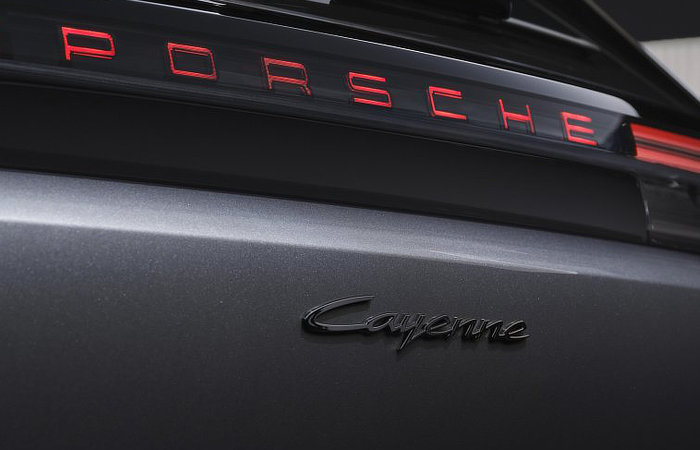
Porsche is calling the new Cayenne Electric a technological milestone, but in truth, the Chinese auto industry has already overtaken Porsche and left it behind in the EV race. But for the Chinese, it was never a race it was simple economics. The Chinese EV automakers are the ones making genuine technological breakthroughs. Porsche is playing catch up and the Cayenne Electric is very late to the party.
What About It?
The electric Cayenne lineup launches with two models—the Cayenne Electric and the Cayenne Turbo Electric—both featuring all-wheel drive and Porsche Traction Management. The Cayenne Turbo becomes the most powerful production Porsche ever, producing up to 850 kW (1,156 PS) and 1,500 Nm with Launch Control, enabling 0–62 mph in 2.5 seconds and a top speed of 161 mph. The entry model delivers up to 325 kW (442 PS) and reaches 0*62 mph in 4.8 seconds.

The new drive system includes innovations derived from motorsport, such as direct oil cooling of the electric motor. The Cayenne Electric also achieves Formula E-level recuperation with up to 600 kW of energy recovery, allowing 97% of everyday braking to be handled by the electric motors alone.
Don’t Believe The Range?
A new 113 kWh battery, double-sided cooling, and 800-volt architecture give the Cayenne Electric a WLTP range of up to 398 miles, with DC fast-charging speeds of up to 390–400 kW depending on conditions. Charging from 10–80% takes under 16 minutes, up to 201 km of range can be added in 10 minutes. Porsche is also offering optional inductive wireless charging at up to 11 kW.+
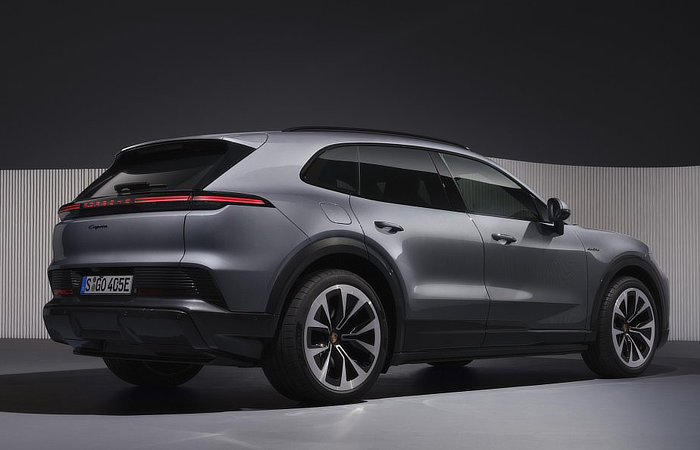
The chassis includes adaptive air suspension with PASM as standard, with Porsche Torque Vectoring Plus, rear-axle steering, and Porsche Active Ride available. The new model is larger than the combustion Cayenne, offering more rear legroom, up to 1,588 litres of cargo space, a 90-litre frunk, and towing capacity up to 3.5 tonnes.
Interior Overview
Inside, Porsche debuts a new digital Driver Experience anchored by the sweeping Flow Display, a curved OLED panel integrated into the interior. There is a 14.25-inch digital cluster, an optional 14.9-inch passenger display, and—for the first time in a Cayenne—an augmented-reality head-up display.

Survival of The Fittest
Like the first-generation Cayenne before it, the new Cayenne EV arrives at an uncertain moment for Porsche. With sales and profits falling like a lead balloon, the question is whether this new-generation Cayenne can pull Porsche back to the top—or whether buyers will simply shift their attention elsewhere.

Can the electric and electrified Cayenne revive Porsche just as the original model once managed to do? The new Cayenne Electric will go on sale in Q2 2026, with UK prices expected to start at around £83,200 and rise to roughly £130,000 for top-spec editions.
